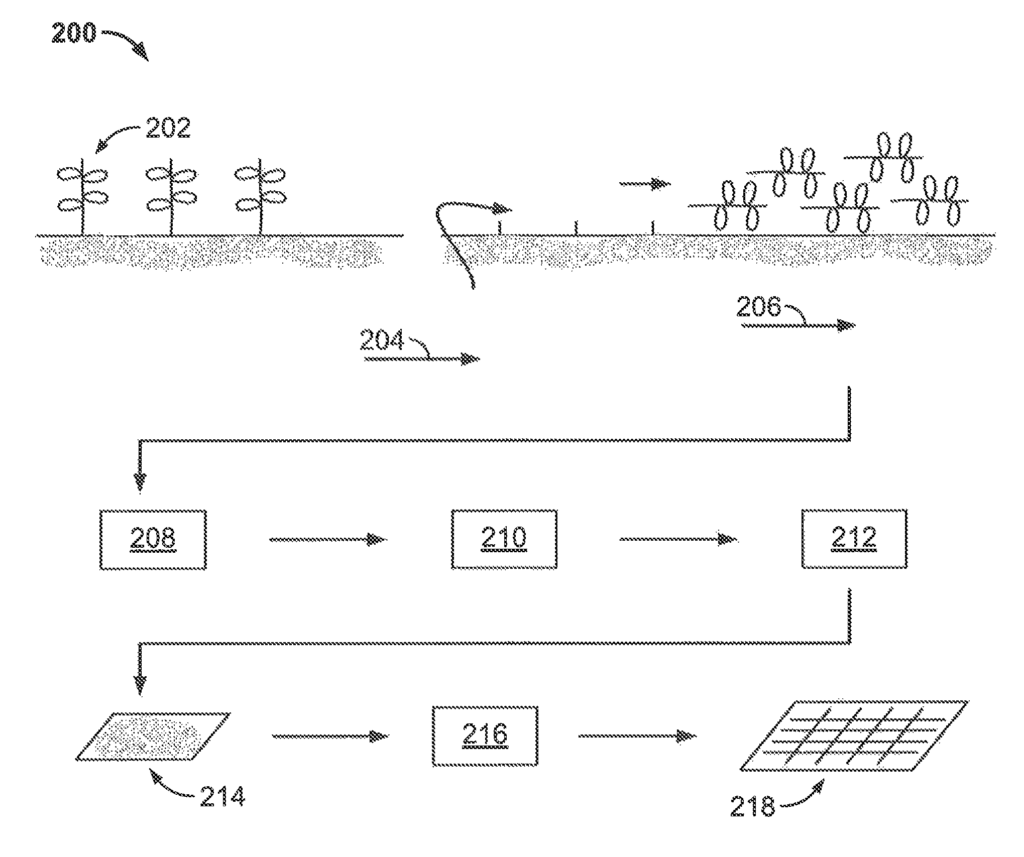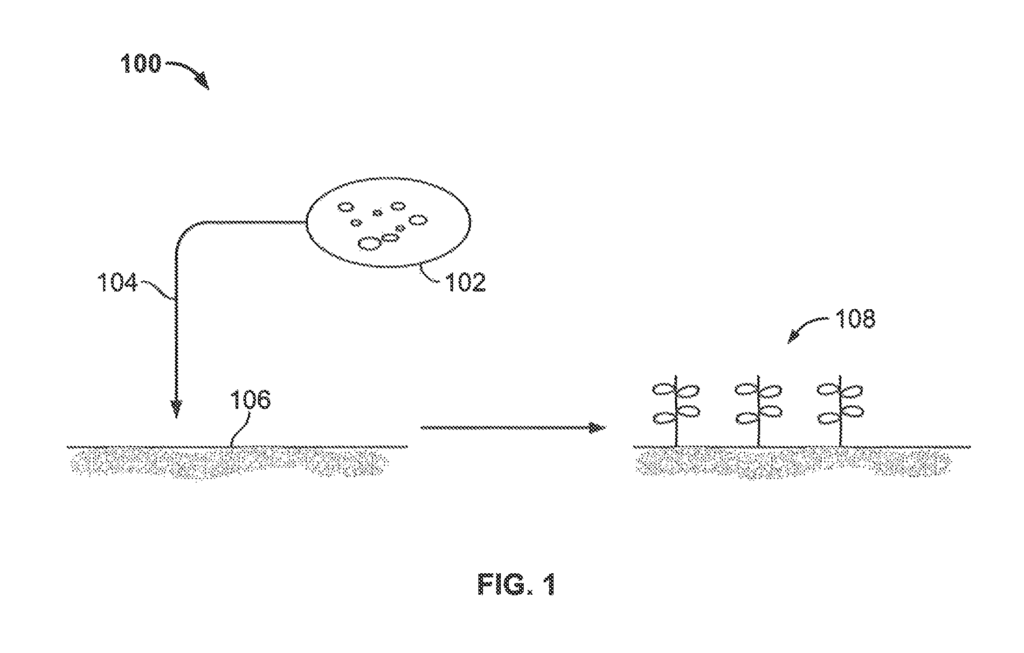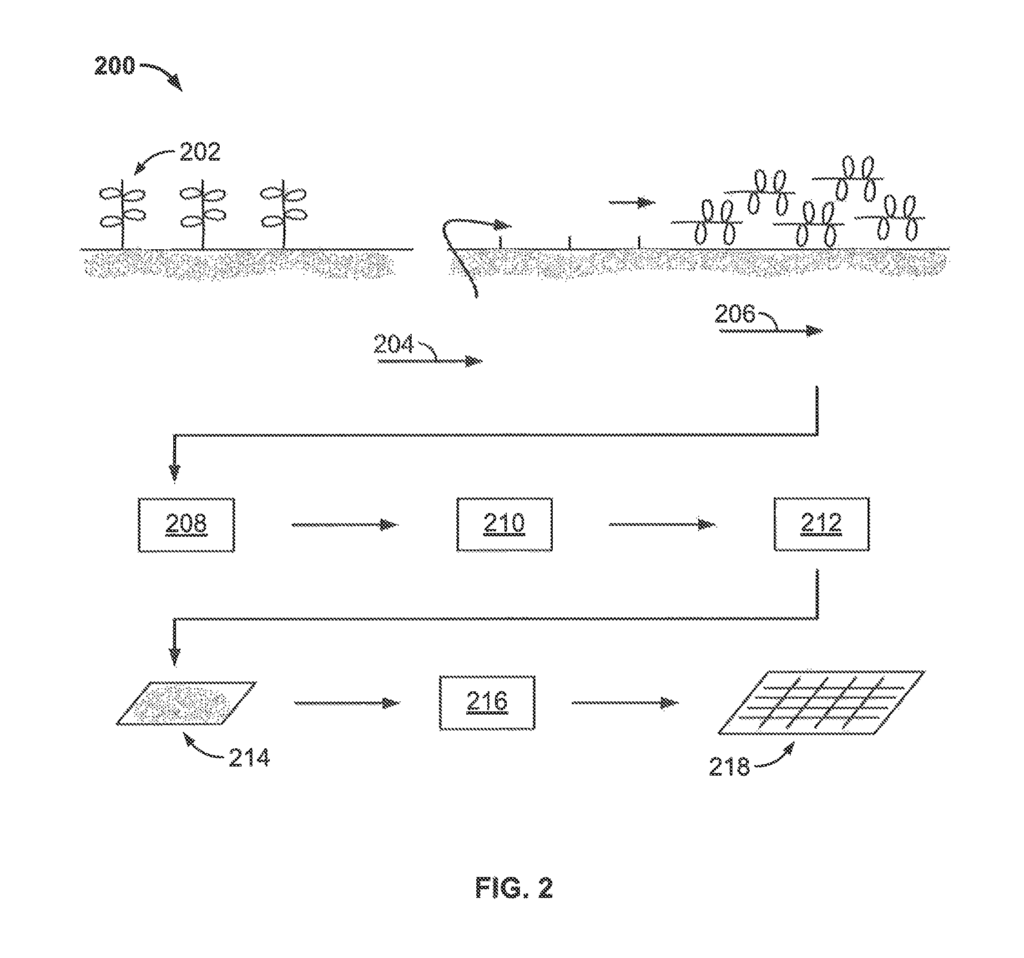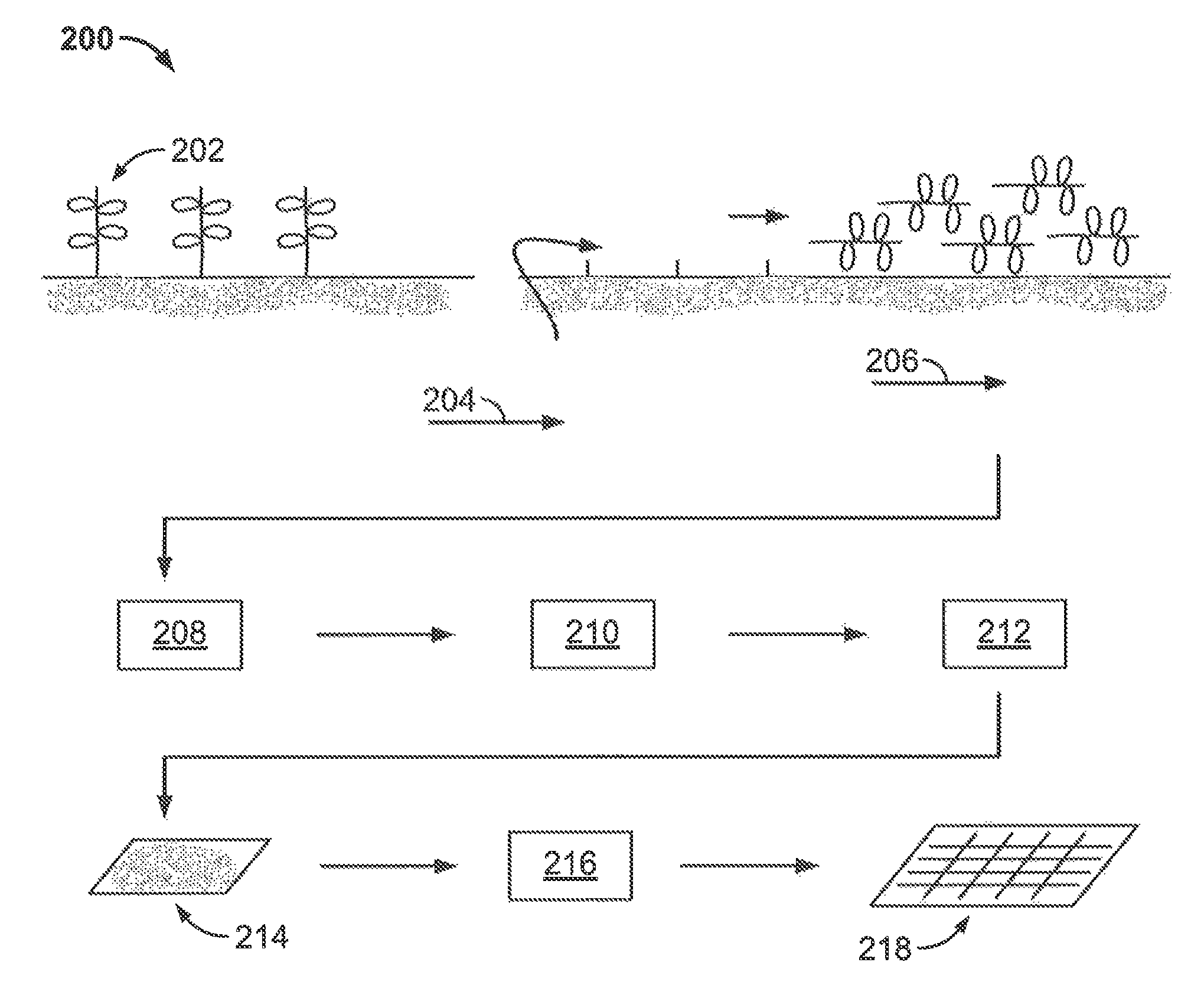Invented by Dino Favetta, Dirk-Jan Rosse, James C. Slattery, Carboncharge Technologies LLC
One of the key drivers of the biochar market is the growing awareness of the need to reduce greenhouse gas emissions and combat climate change. Biochar is a carbon-negative material, which means that it sequesters carbon from the atmosphere and helps to mitigate the effects of climate change. As a result, there is a growing demand for biochar-based products in a variety of industries, including agriculture, horticulture, and water treatment.
Another factor driving the growth of the biochar market is the increasing demand for sustainable agriculture practices. Biochar is an effective soil amendment that can improve soil fertility, water retention, and nutrient uptake. It is also a natural alternative to synthetic fertilizers, which can be harmful to the environment and human health. As a result, there is a growing demand for biochar-based products in the agriculture industry, particularly in organic farming.
The market for systems and methods for producing biochar-based products is highly fragmented, with a large number of small and medium-sized companies operating in the space. However, there are also a number of larger companies that are investing in biochar production technology, including bioenergy companies, waste management companies, and agricultural equipment manufacturers.
One of the key challenges facing the biochar market is the lack of standardization and regulation. There is currently no standardized method for producing biochar, which can lead to variability in product quality and performance. In addition, there is a lack of regulation around the use of biochar in different applications, which can make it difficult for companies to market their products.
Despite these challenges, the market for systems and methods for producing biochar-based products is expected to continue to grow in the coming years. As more companies invest in biochar production technology and more applications for biochar are discovered, the demand for biochar-based products is likely to increase. This presents an opportunity for companies that are able to develop innovative and sustainable biochar production methods and products.

The Carboncharge Technologies LLC invention works as follows
The invention is a system/process that produces advantageous end products using a biomass feedstock. The process includes steps to enhance biomaterial feedstocks, biochar production and end-product fabrication. The steps of the method can be used to select, treat and handle biomass materials and their input additives in order to customize their performance. Each step of the process can be used to improve the effectiveness of biochar production and use. The design of the charring furnace and its operational parameters is described to produce biochar for various applications. This includes fabrication of ultracapacitor electrodes and electric battery components.

Background for Systems and Methods for Producing Biochar-Based Products
1. “1.
The present disclosure is aimed at utilizing biochar to produce desired end products. More particularly, the present disclosure provides systems/methods for producing and selecting plant species, cultivating, harvesting, handling and treating of the biomass of those plant species, and producing biochar from said biomass with desired properties, processing such biochar according to advantageous processing conditions/parameters, and forming desired end products from the processed biochar, e.g., using ?net shape? technology. “Among the desired end products that can be produced using the disclosed systems/methods is ultra-capacitor electrodes, electric battery electrodes, and support materials for electric battery electrodes.
2. Background Art
When coupled with electric energy produced by renewable sources, the ability to store large amounts of electric energy is a great advantage. The storage of large quantities of electricity is a major challenge due to the cost, life cycle of storage products or systems, power density, and energy density. Batteries are a good way to store electricity in systems that rely on chemical reactions. Capacitors store electricity in plates that are electrically charged. The energy density of a battery or capacitor is compared to its power density. Other factors include the number of cycles of charging and discharging, the speed, or sophistication of the materials used in construction. The disposal of materials associated with these devices should also be considered in the selection and use of such devices.
Even though standard capacitors and electrodes are widely used, they do not store energy efficiently for large-scale applications. Ultra-capacitors use additional components and operating principles that enable electric energy to stored in their dual electrode design. This makes them more competitive on the large-scale, electric energy-storage market. Ultra-capacitor electrodes are currently made of graphite (or graphene), graphene oxide, or other forms activated carbon. Battery electrode support materials are also commonly made of carbon compounds.
The current problems with graphite and graphene are their monotony, availability, toxicity, and the lack of variety. The monotonic limitations of these materials can be slightly enhanced or modified by some compounding. However, materials are generally restricted to hexagonal plane carbon structures.
The present disclosure aims to provide new uses and venues for biochars that address basic material needs. Novel fabrication processes allow material inputs respond to fabrication processes, thus allowing a product to be “tuned” The product can be tailored for its intended use, such as an ultracapacitor element or battery electrode supporting material. Another objective is to develop systems and methods based on ‘green’ processes and inputs. The disclosure also aims to provide systems and methods that are based on processes and inputs that are?green? The present disclosure also aims to use process inputs which are harvested and grown, rather than mined, as it is with materials like graphite. The present disclosure also aims to use process inputs that come primarily from nature and not lab-produced compounds such as graphene or graphene oxide.
The present disclosure describes a system/process that produces advantageous end products using a raw biomass feedstock. The disclosure also provides beneficial techniques and processes to be used for each step of the end-to-end process/system. The present disclosure can be viewed either as an integrated system, that is, as a processing step that encompasses all the steps of biochar production and use, or as a series of individual steps that are beneficial on their own. In accordance with the modularity and integration of the disclosure, the following sections will discuss each component step/aspect. It is important to note that the integration of the components steps/aspects in the present disclosure can yield particularly beneficial results.
The present disclosure describes further methods for treating and managing biomass materials, and their additive inputs, to further tailor their performance. This can be done by performing upstream conversion, such as treating, machining or extruding and pressing, and then submitting them to thermal and chemical treatment in a furnace, to produce biochar with varied controlled properties that will then be used to fabricate ultra-capacitor electrodes and electric battery component.
The detailed description that follows will reveal additional features, functions, and benefits, especially when read with the accompanying figures.

Click here to view the patent on Google Patents.

Leave a Reply